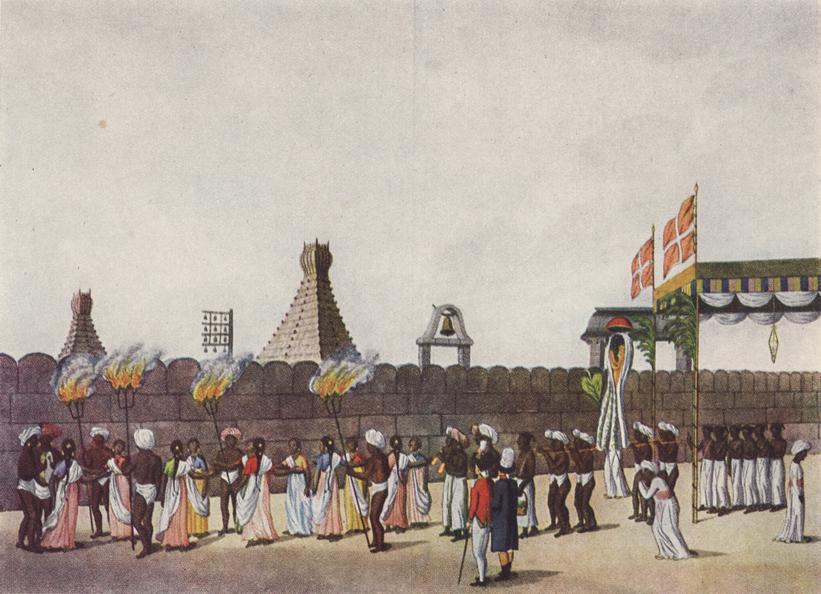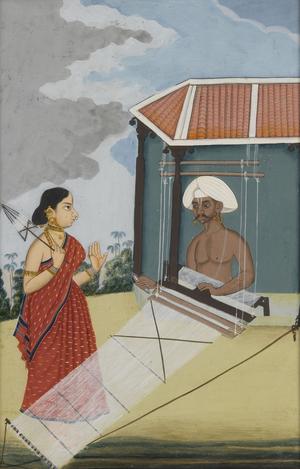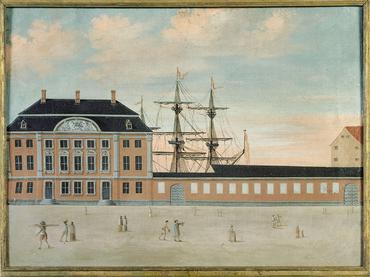Danish Era (1620-1845)


During the Danish rule that lasted more than 200 years, Tranquebar was a place of continuous cultural encounters between Indian and European customs, ideas, religions, art, architecture, and administrative norms. Tranquebar was by no means an isolated European spot in Indian surroundings; rather, it was chiefly an Indian village with a small, but powerful European elite.
In 1620, when the Danish trading station was established by the Danish East India Trade Company, Tranquebar was already a well-functioning Indian town with some commercial activities, a large population of fishers, and a fertile agricultural hinterland.
The Danes constituted a small minority in Tranquebar numbering at most 200-300 people out of an approximate total of over 3000 inhabitants. The everyday life of the Danish community, which comprised mainly officials and soldiers and their families, was centred in the fortified part of town, in the streets close to the fort. Here they attempted to uphold a Danish way of living at a distance from the Muslim and Hindu quarters in the central and northern parts of the town. The Danes generally lived segregated from the local Indian community, but they formed an integral part of the larger Pan-European colonial community in south India that included British, French, Portuguese, and Dutch expatriates.

Tranquebar had a strong global trade economy, and attracted merchants, administrators, soldiers, and missionaries from Denmark, Norway, and other places in faraway Europe along with local Indian dyers and weavers, who were all engaged in the large textile industry that mainly produced silk and painted cotton cloth for export. A large amount of these textiles were hand-painted and dyed with elaborate techniques and were amongst the most important goods, besides the coveted black pepper, to be exported from the Coromandel Coast by the Danish trading company.
The Danish trading station in Tranquebar never generated much profit and after year 1800, it gradually lost importance as a center of trade due to tough competition from the rapid expansion of British power. In the 1820s, European merchants and local Indian weavers moved out of Tranquebar and left the fortified town depopulated, dilapidated, and impoverished.
In 1845, Tranquebar was sold for a minor sum to the British, along with Serampore, the Danish settlement in Bengal.
A selection of publications on the Danish era (1620-1845)
A selection of documentary films and videos on the Danish era (1620-1845) (In Danish)
Animation movie. Three episodes - Prepared for children (Tamil and English versions)
Text: Professor Esther Fihl and Research Assistant Caroline Lillelund, 2015
Web design and supervision: Assistant Curator Bente Gundestrup
Language editing: Research Assistant Manasa Bollempali
